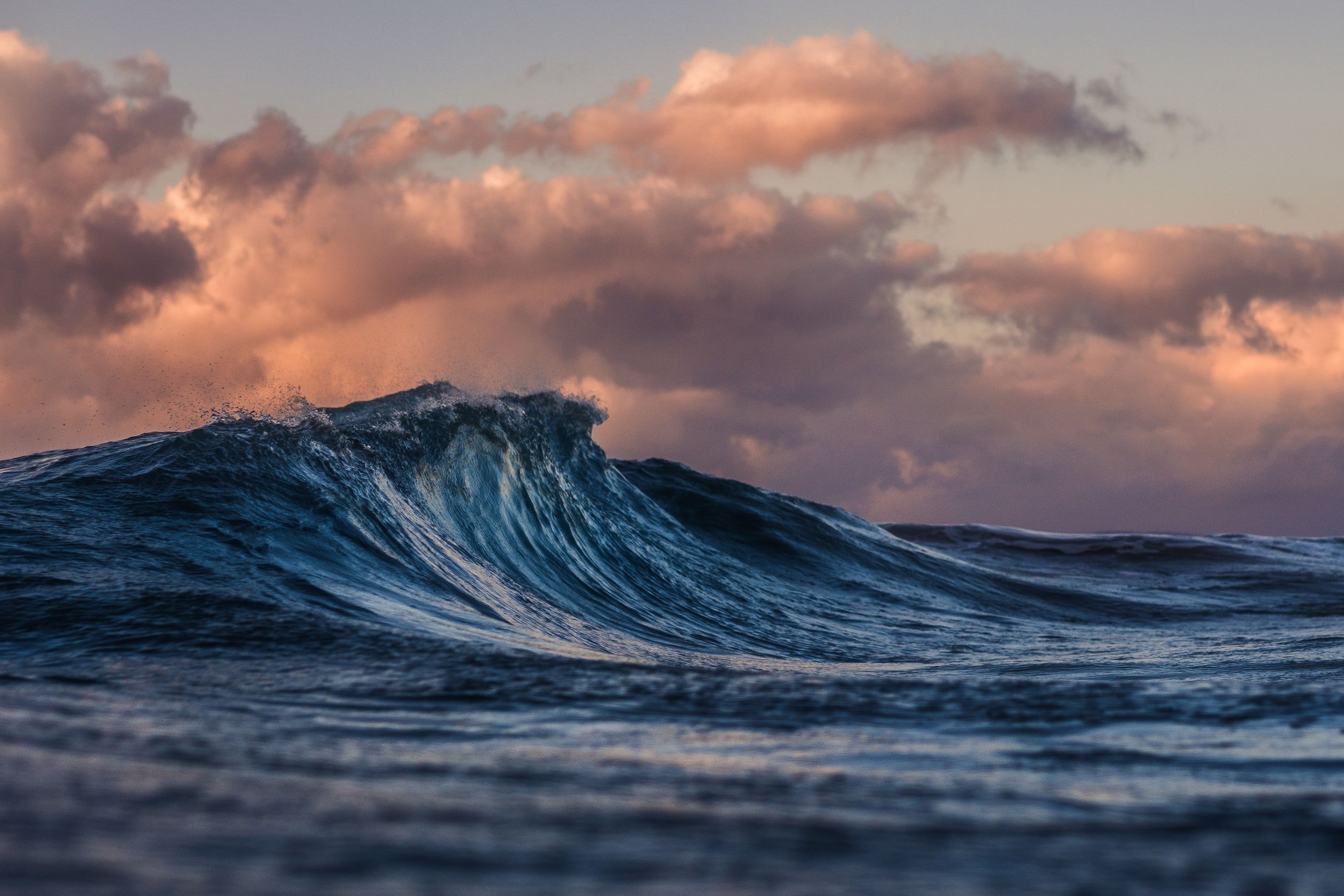Marine pumped hydroelectric storage (MPH) technology
How it works
MPH uses the head pressure at the bottom of an ocean or lake to store and release electrical energy in a process similar to that of conventional (onshore) pumped hydro storage. One or more large, hollow concrete spheres up to 15 m across (in the first design generation; larger, later) are installed in an ocean or lake at a depths of 150–2,000 m. A motor/pump stores energy by pumping water out of the sphere against the surrounding hydrostatic pressure, which ranges from 15 to 200 bar depending on depth. The process is reversed to generate electricity using a turbine/generator. As with conventional PHES, round-trip efficiency is up to 70% and design life 50 to 80 years.
MPH charges by pumping water out of spheres during periods of excess renewable energy generation.
MPH discharges energy back to the grid by allowing seawater to flow back into the spheres through a turbine.




